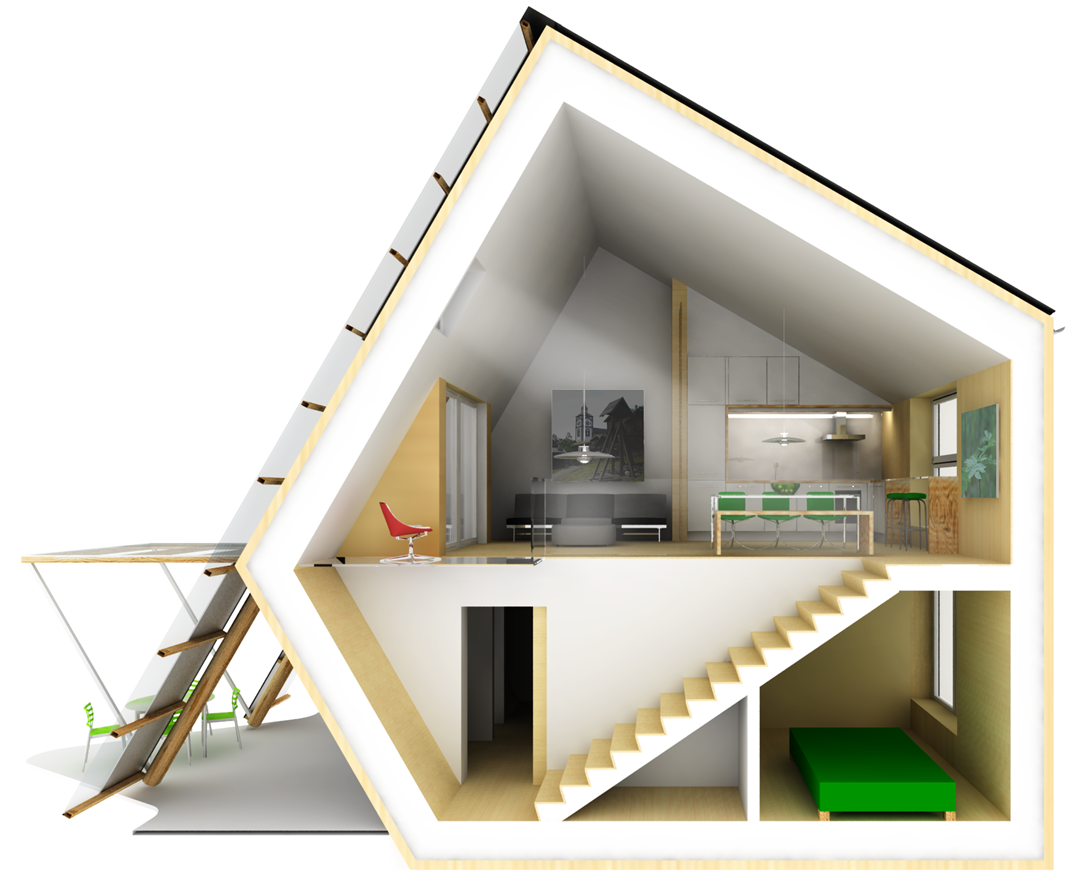Together with her colleagues, Judith Thomsen has recently completed a literature study into how passive and low-energy homes are perceived by their occupants.
Their investigations show in fact that energy consumption varies widely from occupant to occupant, even for homes that are essentially identical. Their main conclusion is that if the occupants fail to utilise the technology in the way it was intended, energy consumption and savings will not correspond to calculated estimates. For this reason we need more data about what is required to make passive and low-energy homes function optimally.
“We must learn from the homes that function well, and then take a closer look at what isn’t working in practice in other cases”, says Thomsen.
Indoor temperature is the great unknown
To date, the study demonstrates that indoor temperature is a factor that plays a major role in determining occupants’ levels of satisfaction.
“We have observed that the occupants believe it is difficult to find the ideal indoor temperature in passive and low-energy homes during the winter. Their perceived temperatures do not always correspond to calculated indoor temperatures.
As a result, the occupants find creative means of overriding the technology, such as leaving doors ajar, inviting lots of people round, or by lighting an excessive number of candles”.
For this reason, researchers believe that the key to the success of passive and low-energy homes is to find ways of giving the occupants influence over the technology – without this having a negative effect on energy efficiency.
Advanced systems create problems
A further problem concerns whether technology intended to make a contribution to reducing energy consumption is perceived as being too complex to be user-friendly.
- “For example, there are systems that allow the occupants to monitor energy consumption in their flat using a PC. However, this technology isn’t used by older occupants because they think it is too complicated. This shows that user-friendliness and training are major factors which must be given greater consideration during the design of these types of buildings”, says Judith Thomsen
Low energy – not topping the sales charts.
The vast majority of surveys show that the occupants of passive and low-energy buildings are satisfied with their light sources, access to daylight and air quality. Moreover, it is seen as a benefit that the homes save energy and are thus eco-friendly. Nevertheless, it is no easier to sell these homes than others.
“Research demonstrates that potential occupants regard location, floor layout and price as more important factors than eco-friendly energy-saving systems. It is thus important for developers to place a much greater emphasis on promoting the comfort that such homes provide,” says Judith Thomsen.
Thomsen is now on her way to Switzerland, where she will carry out a qualitative study into how people feel about living and working in passive and low-energy buildings.
“Switzerland and Austria have come a lot further than Norway when it comes to utilising these types of buildings. They have already built a lot of passive houses, so their levels of experience are much greater than ours.”
One of the questions that the researchers want answered is whether passive and low-energy houses are on the way to creating an entirely new architectural style.
The findings of these studies will make an important contribution to the pilot projects that will be started up at “The Research Centre for Zero Emission Buildings”, under the auspices of SINTEF and NTNU.

